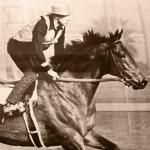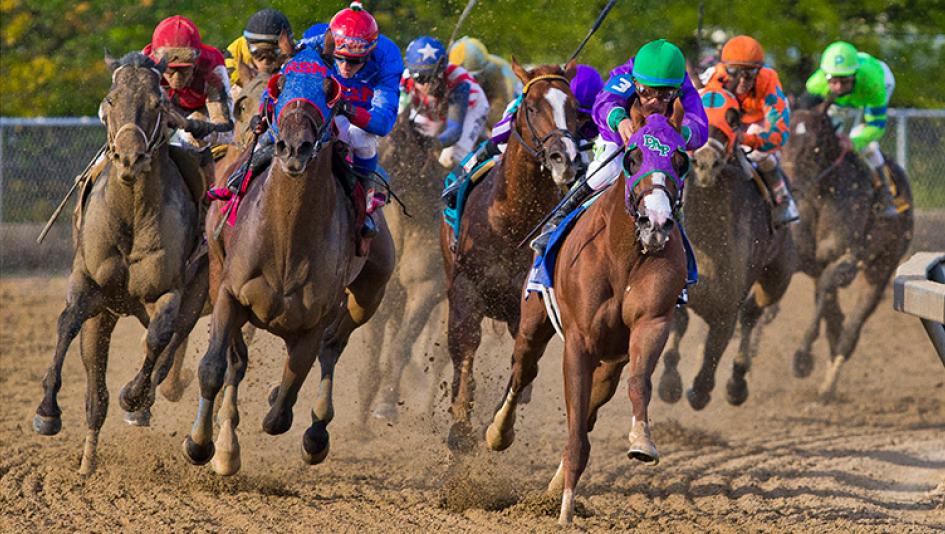
Richard Mandella: A Lifelong Horseman Who Crafted a Hall of Fame Career

On average, the Thoroughbred stands a little over 16 hands (1 hand = 4 inches) to the withers and weighs approximately 1,000 pounds. The Thoroughbred’s conformation, or physical makeup, enables it to reach speeds up to 40 miles per hour. At that rate, the Thoroughbred covers nearly 60 feet per second.
The Thoroughbred’s rear legs act much like springs as they bend and straighten during running. This tremendous “spring power” helps thrust the Thoroughbred forward as its front legs provide “pull.”
The head and long neck also help to make running smooth and rhythmic. The neck moves in synchrony with the forelegs, aiding the Thoroughbred in its forward motion and extending the “arc of flight” – the time that the Thoroughbred literally is airborne.
Thoroughbreds are also equipped with the greatest athletic shoes in the world: hooves. The Thoroughbred’s unique foot structure gives it built-in cushioning to withstand the equivalent of 100 times the force of gravity on each hoof, which is exerted when a Thoroughbred is running at full speed.
More than 70,000 Thoroughbreds compete in North American races each year. Thoroughbreds compete in four different types of races:
Races are conducted at varying distances, usually ranging from five furlongs (five-eighths of a mile) to 1 ½ miles. More than 60% of North American races are contested at distances of less than a mile; these are known as sprints. Longer races at one mile or longer are called routes.